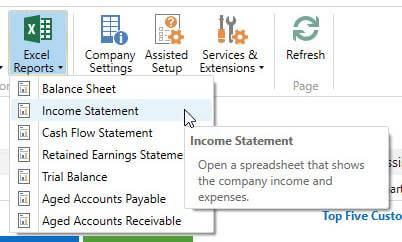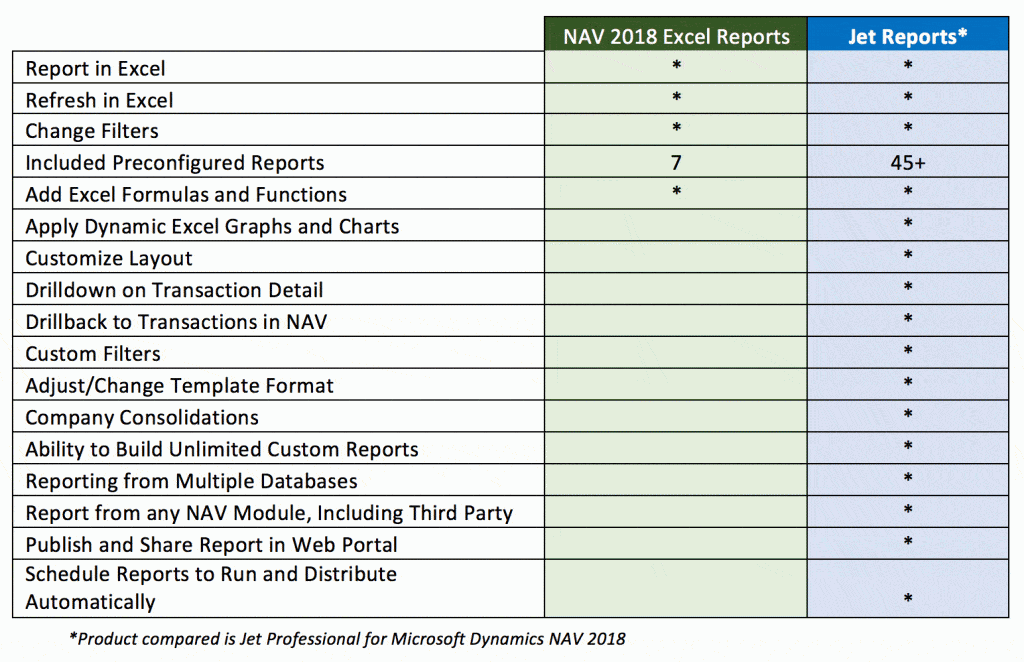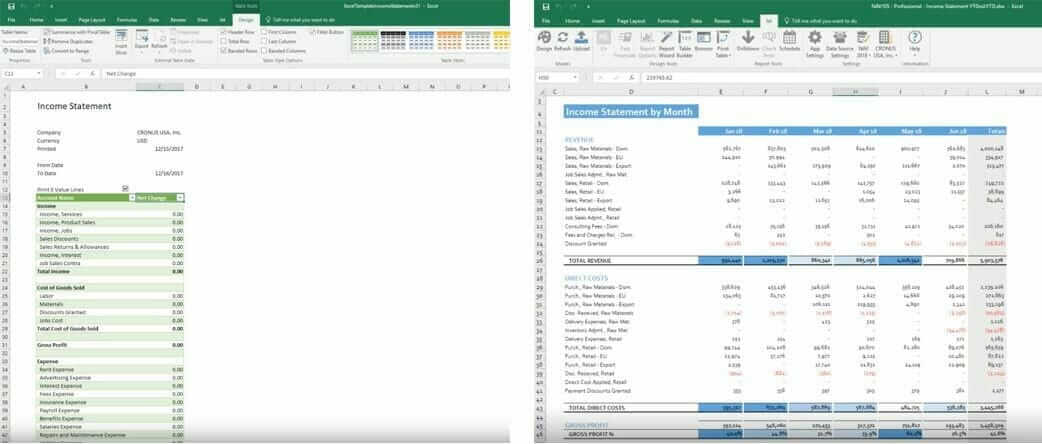
On December 1st of 2017, Microsoft released Dynamics NAV 2018 and with it comes a multitude of new user-based features including bulk order or invoicing posting options, further Dynamics 365 for Sales integration, and the ability to set-up up reminder tasks, to name a few. Among the new features collecting some buzz are the NAV 2018 Excel Reports. This buzz is, in part, because it isn’t entirely clear how these new reports compare to NAV Account Schedules or the most widely adopted third-party reporting solution for NAV, Jet Reports.
So what are NAV 2018 Excel Reports, you ask?
With the Dynamics NAV upgrade, now the Business Manager and Accountant Role Centers will have an option in the ribbon for Excel Templates. When clicked on, users can choose from a list of preconfigured reports that are ready to print from Excel, which includes:
- Balance Sheet
- Income Statement
- Cash Flow Statement
- Retained Earnings Statement
- Trial Balance
- Aged Accounts Payable
- Aged Accounts Receivable

When you select the report you want to use it will open directly in Excel where it can be reviewed and refreshed (if your Office 365 authentication is set-up in NAV 2018). There is also a set of pre-determined filters you can apply to the report in Excel, such as the date. It’s safe to think of these like Excel enhanced Account Schedules because, well, that is exactly what they are.
While these new Excel reports are an exciting development in the world of built-in NAV reporting stand alone reporting solutions have been solving these challenges and more for many years.
Here is high level feature overview of how these predefined NAV 2018 Excel Reports compare to the fast, flexible reporting you’ve always been able to get with Jet Reports solutions:

You can see that in addition to the expanded library and drilldown capability, Jet Reports offers the ability to quickly and easily create unlimited custom reports in a flexible format, from any number of NAV companies and entities, directly in Excel, and distribute through a collaborative web portal.
NAV 2018 Excel Reports Income Statement vs. Jet Reports Income Statement

While the new NAV 2018 Excel report templates are a significant improvement in reporting options for NAV users, if you’re looking for consistently accurate, adaptable, and collaborative reporting that never needs to be updated or changed as your reporting environment grows or you upgrade NAV, then Jet Reports is still the answer.
Compare NAV 2018 Reporting to Jet Reports instantly in this short, 3-minute video and see both in action now:
Or take our product tour and learn more about Jet Reports for Dynamics NAV.
This post Microsoft Dynamics NAV 2018: Excel Reports vs Jet Reports originally appeared on JetReports on January 9, 2018.



